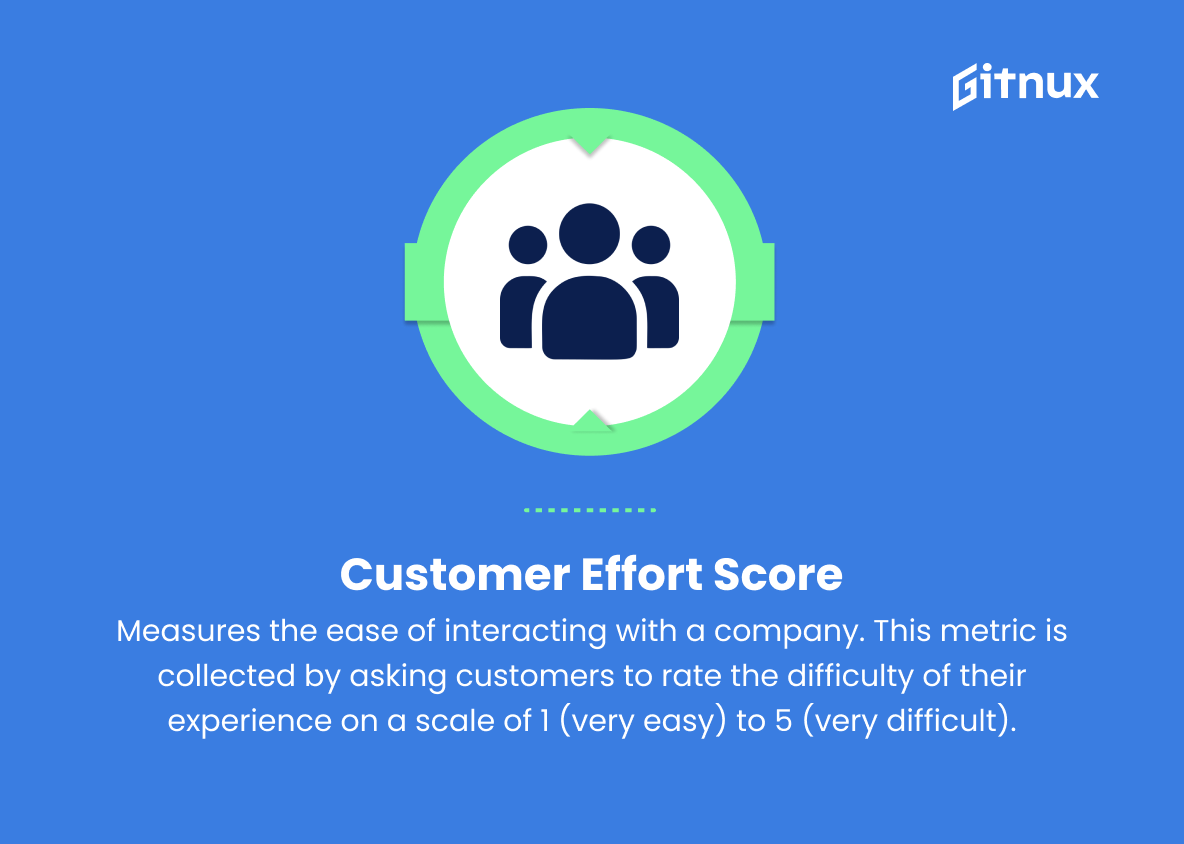In today’s highly competitive business landscape, understanding and optimizing customer experience (Cx) has become paramount for organizations seeking to differentiate themselves and ensure lasting success. This blog post will delve into the world of Cx Metrics – the quantitative measures that help businesses gain critical insights into their customer interactions, satisfaction levels, and overall experience.
We will explore essential metrics, best practices for implementation, and ways to utilize the data to improve relationships with customers, ultimately driving growth and profitability in today’s ever-evolving marketplace. Strap in and prepare to elevate your Cx game to new heights.
CX Metrics You Should Know
1. Customer Satisfaction (CSAT)
Measures how satisfied customers are with a company’s product or service. Usually collected through surveys where customers rate their experience or satisfaction.
2. Net Promoter Score (NPS)
Measures customer loyalty by asking them how likely they are to recommend your product or service to others on a scale of 0-10. The score is calculated by subtracting the percentage of detractors (those scoring 0-6) from the percentage of promoters (those scoring 9-10).
3. Customer Effort Score (CES)
Measures the ease of interacting with a company. This metric is collected by asking customers to rate the difficulty of their experience on a scale of 1 (very easy) to 5 (very difficult).
4. Customer Churn Rate
The percentage of customers who end their relationship with a company within a specific time period. Lower churn rates indicate higher customer retention.
5. Customer Lifetime Value (CLV)
The predicted net profit attributed to the entire future relationship with a customer. This considers factors such as purchase frequency, average transaction value, and customer lifespan.
6. First Contact Resolution (FCR)
Measures the percentage of customer issues that are resolved in the first interaction. Higher FCR rates indicate more effective customer support.
7. Average Handle Time (AHT)
The average time it takes for a customer service representative to resolve a customer issue, including interaction time and any necessary follow-ups.
8. Resolution Rate
The percentage of customer issues that are resolved successfully. High resolution rates indicate effective support and problem-solving.
9. Response Time
The average time it takes for a customer service representative to reply to a customer inquiry. Faster response times are generally associated with higher levels of customer satisfaction.
10. Customer Retention Rate (CRR)
The percentage of customers retained over a specific time period. High retention rates suggest that customers are satisfied with the company’s products or services.
11. Social Media Sentiment
Measures the overall positive, negative, or neutral sentiment of customer comments and interactions on social media. This can help companies gauge their overall brand perception and reputation.
12. Customer Complaint Rate
The percentage of customers who express dissatisfaction with a product, service, or interaction. Lower complaint rates suggest better customer experiences and satisfaction.
13. Agent Satisfaction Score (ASAT)
Measures the satisfaction of customer service representatives with their job or work environment. Higher ASAT scores may positively influence the quality of support provided to customers.
14. Service Level Agreement Compliance (SLA Compliance)
The percentage of customer support interactions that meet or exceed the standards defined in a company’s service level agreements (SLAs). Higher compliance rates indicate more consistent and reliable customer support.
CX Metrics Explained
Customer experience (Cx) metrics are crucial for businesses as they help measure and improve various aspects of a company’s product or service offering, which ultimately leads to a better customer experience. Metrics like Customer Satisfaction (CSAT), Net Promoter Score (NPS), and Customer Effort Score (CES) help gauge customer sentiment, loyalty, and ease of interaction, while others like Customer Churn Rate, Customer Lifetime Value (CLV), and Customer Retention Rate (CRR) focus on customer retention and business profitability.
Efficient customer support is vital for a positive customer experience and is reflected in metrics like First Contact Resolution (FCR), Average Handle Time (AHT), Resolution Rate, and Response Time. Meanwhile, companies can monitor external factors such as Social Media Sentiment and Customer Complaint Rate to understand brand perception and areas requiring improvement.
Additionally, internal aspects like Agent Satisfaction Score (ASAT) and Service Level Agreement Compliance (SLA Compliance) help ensure customer support representatives are satisfied and compliant with established service standards, resulting in consistent and reliable service experiences for customers. Overall, these Cx metrics play a pivotal role in optimizing a business’s customer experience strategy and delivering an exceptional customer journey.
Conclusion
In summary, Cx Metrics are essential tools for businesses to measure and evaluate their customer experience effectively. By leveraging actionable insights gained from these metrics, organizations can make informed decisions, improve customer satisfaction, and ultimately achieve long-term success.
As customer expectations continue to evolve, companies must adapt and prioritize Cx Metrics to remain competitive and ensure their customers remain loyal advocates for their brand. By focusing on continuous improvement, organizations can create memorable experiences that lead to increased customer lifetime value and overall business growth.














